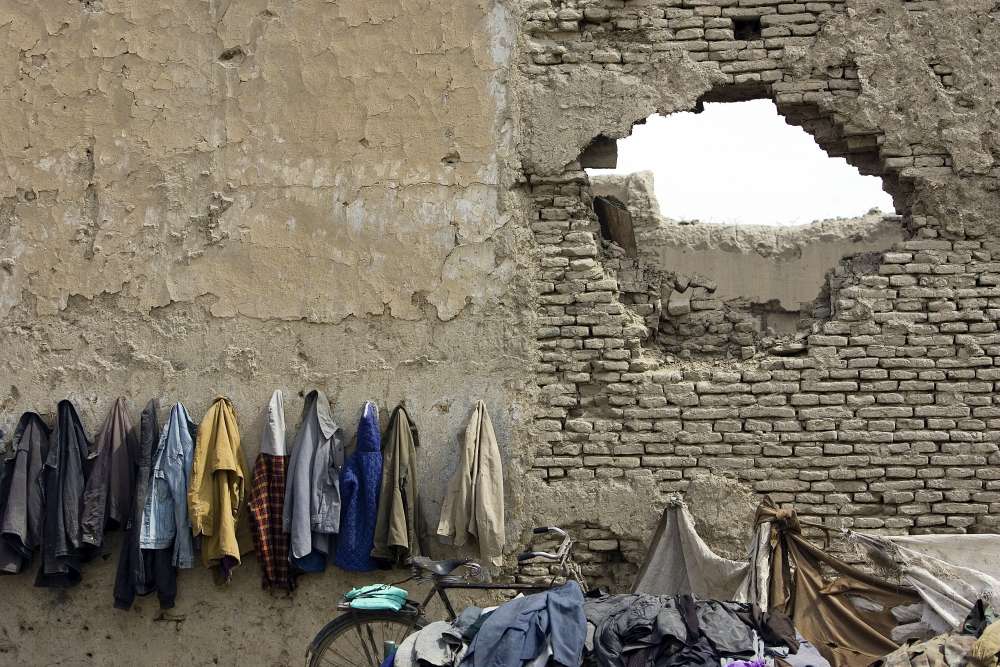Drivers and Inhibitors of Change in the Humanitarian System

Objectives
The humanitarian system has undergone a series of reform initiatives. While progress has been noted in certain areas, a number of issues have been identified time and time again as critical areas in need of improvement. This raises questions about the ability of the humanitarian system to reform itself and about the effectiveness of current donor efforts to promote reforms.
Therefore, the UK Department for International Development (DFID) commissioned the Global Public Policy Institute (GPPi) to conduct a political economy analysis of the drivers and inhibitors of change in the humanitarian system. This study seeks to enhance our understanding of why different stakeholder groups do or do not actively promote the implementation of reforms. It also seeks to develop ideas for how stakeholder interests and incentives can be better taken into account when designing reforms and strategies for supporting their rollout.
Approach
Rather than analysing the humanitarian system as a whole, this study focuses on several specific areas of reform. The research team chose this approach based on the assumption that the various reform efforts affect the interests of key stakeholder groups in different ways. The research team expected an analysis of individual reform efforts to produce insights of greater detail.
In consultation with DFID, the research team chose three issue areas for closer enquiry: the adoption of cash-based programmes as the default mode of humanitarian assistance; accountability to affected populations; and attempts to elevate protection advocacy to a collective humanitarian responsibility. The study’s thematic focus was chosen in order to cover areas that are broadly considered relevant for the effectiveness and quality of the humanitarian response; that lend themselves to a political economy analysis; that feature both more and less successful cases of reform; that have a comparatively good evidence base; and that can be analysed within the given time and budget constraints.
Methods
For each of the three reform areas, we use the same four-step approach (see Illustration 1 in the report). Following a brief analysis of the origins and current status of the reform process in a given area, we formulate a statement of what exactly the reform proposal is. We then develop a thought experiment to explore what the humanitarian system would look like if the proposal were fully implemented. This provides the basis for exploring how these hypothetical changes would affect the interests of important stakeholder groups. Finally, we lay out the policy implications of our reflections for donors. At the end of the report, we analyse the patterns and trends shared by all three reform areas.
…
The summary and full report are available for download.







